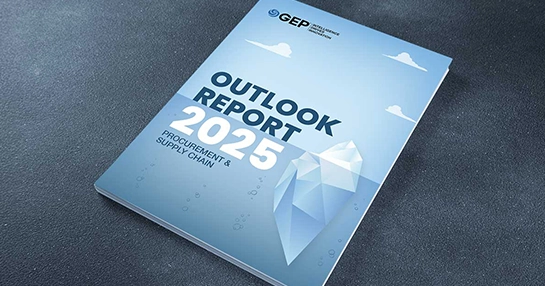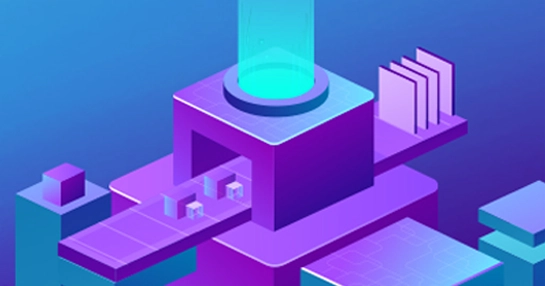What is Sales and Operations Planning?
Sales and operations planning (S&OP) is the process of combining various plans into one. It determines the best strategic decisions a company can make. The overall objective of S&OP is to come up with a game plan that helps manage the business and make it more competitive.
Many smaller organizations will rely on inventory and demand planning. They may turn to S&OP once they need ways to differentiate their products from competitors. S&OP is more advanced than inventory and demand planning, as it deals with a company’s vision for its future.
S&OP relies on statistical forecasting, which has limitations. Other data, such as revenue or profit projections, or marketing events, are not part of it. Beyond the typical forecasting process, S&OP incorporates input from other departments and S&OP software to optimize an entire organization. S&OP software can integrate supply chain and market data for a broader view.
First, the senior management needs to execute business strategies. Opportunities and performance gains occur in a company when collaboration is underway. Without S&OP, high-performing companies would experience little success. When a company does not have S&OP, the opportunities and results for both companies are on par with one another.
The company relies heavily on supply and demand planning and uses time-phased projections to make smarter decisions and identify options. The company’s strategy is improved because every department works toward a unified goal.
Benefits of effective S&OP:
- Improved customer service
- Enhanced profitability
- Increased product revenues
- Decreased lead time
- Effective use of top-down management control
S&OP has several benefits, particularly in the forecasting department. Forecasting processes usually consider an item’s historical data. It does not look at the data in a broader context. With this big data view, planners can spot sales and marketing trends that apply to specific groups of customers or product families.
The end goal of S&OP is to create a unified plan that covers all demand and supply planning activities. Without a consolidated project, minor problems can grow into many larger ones. These more significant problems are then identified and get solved through S&OP reports. The collaboration of teams is vital. It unifies a consensus-based procedure.
The demand plan is one of the most critical components of an S&OP program. Several questions need to be considered for the procedure to be helpful to those involved with the S&OP. These questions help you figure out precisely the forecast and its structure. Ideally, these answers go into the forecast agreement with supply planners who are major customers of the demand plan. This section outlines projected sales forecasts and other relevant information.
Integrating strategies with supply and demand planning software will help make consensus easier. It helps to improve customer service, reduce costs, and drive higher profitability.
Stay Ahead With Fresh Thinking and Insights
Explore the latest trends, technologies, and strategies in procurement and supply chain management. Dive into insight-packed white papers, research reports, case studies, and webcasts to stay informed and lead the way.

GEP Outlook 2025: Procurement & Supply Chain Key Trends, Challenges and Opportunities

World's Leading, Unified Source-to-Pay Platform for Direct and Indirect Spend Management
GEP SMART is an AI-powered, cloud-native source-to-pay platform for direct and indirect procurement. GEP SMART offers comprehensive source-to-pay functionality in one user-friendly platform, inclusive of spend analysis, sourcing, contract management, supplier management, procure-to-pay, savings project management and savings tracking, invoicing and other related functionalities.

Next-Gen, End-to-End Supply Chain Management Platform for the Connected Enterprise
GEP NEXXE is a unified and comprehensive supply chain platform that provides end-to-end planning, visibility, execution and collaboration capabilities for today’s complex, global supply chains. Built on a foundation of data, artificial intelligence and cognitive technologies, GEP NEXXE helps enterprises digitally transform their supply chains and turn them into a competitive advantage.




